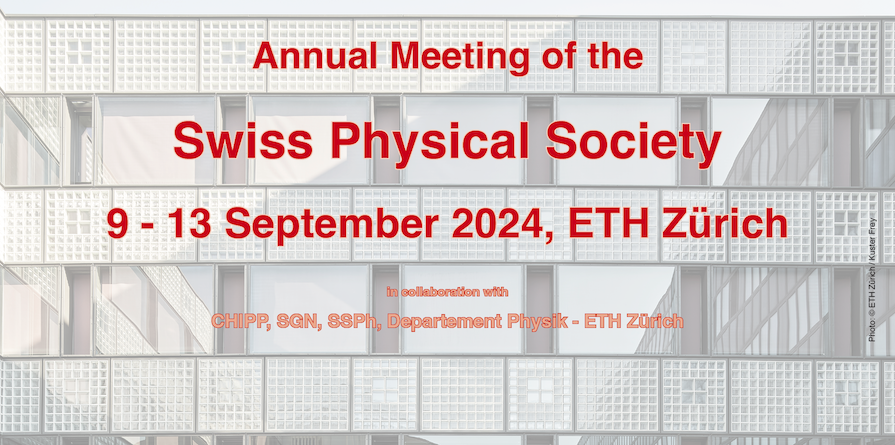In the framework of the European High Field Magnet (HFM) program, hosted at CERN, and the CHART program hosted at Paul Scherrer Institute, the MagDev Laboratory at PSI pursues multiple projects for the advancement of high-field magnet technology for accelerators like the Future Circular Collider (FCC) require a substantial increase in magnetic field strength while maintaining high field...
We present the work on non-insulation (NI) high-temperature superconductor (HTS) magnets at PSI as part of the CHART framework. Supported by modeling and small-scale experiments, we are building several NI solenoids which are to be installed in PSI’s experimental facilities. These include a 72 mm warm bore 15 T solenoid for proof-of-principle positron production, a 18 T split coil for neutron...
A novel short period, high-temperature superconducting bulk undulator is being developed at the Paul Scherrer Institute. It has been shown that a staggered array bulk configuration may be magnetized, via a field-cooling procedure, to generate more than a factor of two increase of the peak on-axis field when compared to permanent magnet undulators. However, to be useful at high harmonics it...
We present our work on energy-efficient nested high-temperature superconducting (HTS) magnets for FCC-ee. By replacing the normal-conducting sextupole and quadrupole magnets in the 2900 short-straight-sections by HTS nested variants, and by including dipole coils, significant energy can be saved, estimated at 20-30% of the total FCC-ee energy consumption. The optimum operating temperature,...
Precise determination of the center-of-mass energy in the Future Circular Collider e+e- (FCC-ee) at Z and W energies can be achieved by employing resonant spin depolarization techniques, for which a sufficient level of transverse beam polarization is demanded under the presence of machine imperfections. In this study, the FCC-ee lattice has been modeled and simulated with a variety of...
SwissFEL at the Paul Scherrer Institute provides femtosecond X-ray pulses for experiments by accelerating electron beams up to ~ 6 GeV before they are sent to undulators where they produce coherent, narrow bandwidth X-rays. The correlated energy spread of the beam is finely controlled using passive dielectric structures or structures with corrugated surfaces separated by an adjustable gap....
In the aim of boosting the performance of the Swiss Free-Electron Laser (SwissFEL), two new high gradient radiofrequency photo-emission electron sources are under development as part of an international collaboration between Paul Scherrer Institut (PSI) and INFN Frascati. These electron sources aim to increase the cathode electric field through the use of higher frequencies and shorter filling...
This study explores Carbon Nanotubes (CNTs) as a colder electron source for electron cooling in the ELENA decelerator. Currently, a thermionic tungsten-doped BaO cathode limits the cooling efficiency due to a high transverse energy spread. Investigating field emission (FE) aims to achieve a colder antiproton beam, enhancing trapping efficiency for antimatter experiments. Although CNT-based FE...
The current ion physics programme at CERN is mainly based on lead (Pb) ion beams. Untested lighter ion species have been requested as a possible way to reach higher nucleon-nucleon luminosities. In order to identify the ion species with the highest luminosity performance in the Large Hadron Collider (LHC), a series of beam dynamics studies have been performed to characterize beam loss...
Muon colliders have a great potential for high-energy physics. They can offer collisions of point-like particles at very high energies, since muons can be accelerated in a ring without limitation from synchrotron radiation. However, the need for high luminosity faces challenges, which arise from the short muon lifetime at rest, and the difficulty of producing large numbers of muons in bunches...
